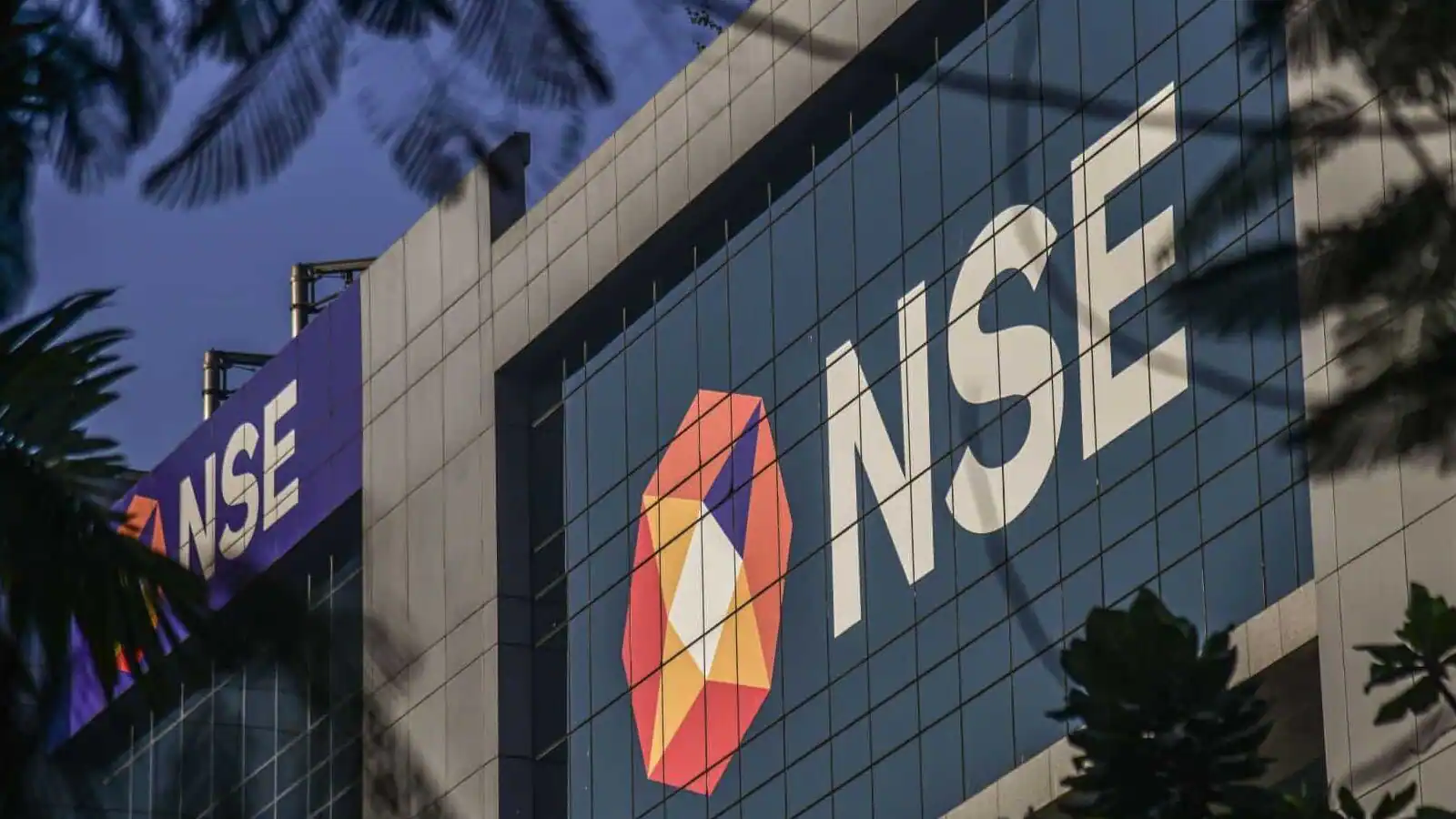What is Nifty Next 50?


00:00 / 00:00
The Nifty Next 50 index is an important index in the Indian stock markets. This index consists of companies with the growth potential to soon be part of the 50 largest companies in India. In this article, we’ll break down the Nifty Next 50 index and also cover the companies that make up the Nifty Next 50 index. Keep reading to find out more!

What is Nifty Next 50 Index?
The Nifty Next 50 represents the 50 companies from the Nifty 100 after excluding the Nifty 50 companies. This basically means that if the Nifty 100 index includes the top 100 largest listed companies on the National Stock Exchange based on market capitalisation, then the top 50 stocks make up the Nifty 50 index and the remaining 50 stocks (i.e. ranging from 51 to 100) make up the Nifty Next 50 index.
Indexes are used in markets around the world to represent a certain category or group of stocks. These indexes give us an idea of how the category is performing and also serve as a reliable benchmark. The Nifty Next 50 essentially bridges the gap between the 50 largest stocks in India and the mid-cap segment of the Indian markets.
These indexes also play an important role when it comes to investing and trading. Asset Management Companies (AMC) often set up funds that simply track the index or in other words create a portfolio of the same stocks that form part of the index. On the other hand, traders too often speculate on the price of indexes rising or falling and develop their strategies accordingly. This allows investors and traders alike to invest or trade on indexes that are made of multiple stocks without facing capital restraints.
Nifty Next 50 Index company list
The Nifty Next 50 is made up of 50 companies and is rebalanced on a quarterly basis on the last trading day of March, June, September and December. The Nifty Next 50 index is computed using a Free Float Market Capitalisation method. Let’s have a look at the stocks that form a part of the Nifty Next 50 index.
Company Name |
Industry |
Weightage |
Consumer Finance |
5.42% |
|
Online Services |
4.70% |
|
Retail |
3.62% |
|
Electronic Equipments |
3.55% |
|
Cement |
3.30% |
|
Aerospace & Defence |
3.20% |
|
Power Transmission and Distribution |
3.11% |
|
Consumer Staples |
2.95% |
|
Retail |
2.95% |
|
Power Generation |
2.88% |
|
Oil and Gas |
2.70% |
|
Renewable Energy |
2.61% |
|
Finance |
2.48% |
|
Real Estate |
2.44% |
|
Airlines |
2.42% |
|
Gas Distribution |
2.35% |
|
Finance |
2.34% |
|
Finance |
2.10% |
|
Industrial |
2.08% |
|
Metals |
2.07% |
|
Banking |
2.06% |
|
Automobile |
1.96% |
|
Chemicals |
1.87% |
|
Consumer Staples |
1.86% |
|
Online Services |
1.72% |
|
Banking |
1.68% |
|
Insurance |
1.67% |
|
Banking |
1.62% |
|
Chemicals |
1.61% |
|
FMCG |
1.55% |
|
Alcoholic Beverages |
1.48% |
|
Electrical Components & Equipment |
1.48% |
|
Auto Parts |
1.46% |
|
Heavy Electrical Equipments |
1.44% |
|
Asset Management |
1.37% |
|
Metals |
1.37% |
|
Online Services |
1.31% |
|
FMCG |
1.25% |
|
Power Infrastructure |
1.21% |
|
FMCG |
1.15% |
|
Finance |
1.14% |
|
Pharmaceuticals |
1.10% |
|
Auto Parts |
1.08% |
|
Cement |
1.03% |
|
Pharmaceuticals |
1% |
|
Gas Distribution |
0.99% |
|
Finance |
0.96% |
|
Insurance |
0.94% |
|
Insurance |
0.89% |
|
Paints |
0.50% |
(Data as of 24th April, 2024)
How has the Nifty Next 50 Index performed in the past?
Let’s try to get a better understanding of the Nifty Next 50 index by analysing its performance by taking into account annualised returns, annualised volatility and its return-risk ratio.
|
Period (Since 1996)
|
Annualized Returns (%) | Annualized Volatility (%) | Return-Risk Ratio | |||
| NIFTY Next 50 | NIFTY 50 | NIFTY Next 50 | NIFTY 50 | NIFTY Next 50 | NIFTY 50 | |
| 1 year | -9.00% | 3.20% | 16.40% | 12.80% | -0.56 | 0.25 |
| 3 years | 12.10% | 11.00% | 15.90% | 12.60% | 0.77 | 0.88 |
| 5 years | 16.90% | 11.50% | 16.80% | 13.40% | 1.01 | 0.86 |
| 7 years | 19.00% | 13.00% | 16.90% | 14.40% | 1.12 | 0.89 |
| 10 years | 20.00% | 13.90% | 19.90% | 18.30% | 1 | 0.75 |
(Source: NSE)
If we take a look at the year-wise performance of the Nifty Next 50, then it has outperformed Nifty 50 in 13 out of 23 years since 1996. If we are to compare the two indexes based on their performance for the first 10 years since 1996 then the Nifty Next 50 has delivered annualised returns of 20% in comparison to the 13.9% annualised returns delivered by the Nifty 50. The Nifty Next 50 has consistently outperformed the Nifty 50 when it comes to annualised returns for the first 3 years, 5 years and 7 years period as well.
However, it is also important to understand the volatility that these returns come with. When it comes to volatility, the Nifty Next 50, has displayed greater volatility across all periods considered. But does this mean that the Nifty Next 50 offers greater returns for the risk that investors take up. Taking a look at the Return-Risk ratio would give us a better understanding of this, as this measures the return that can be generated for every rupee risked. In this aspect, the Nifty 50 index has outperformed the Nifty Next 50 when it comes to shorter periods but the ratio has been considerably better when it comes to longer periods.
In Closing
The Nifty Next 50 index serves as a window showcasing the potential of growth-oriented companies that may one-day form part of the largest companies in India. Taking a closer look at its constituents will help investors and traders uncover potential opportunities in the stock market and also offer valuable insights into the Indian stock markets.
Now that you have understood what is Nifty Next 50, it is also important to note how you can leverage this knowledge. AMCs have set up ETFs tracking the Nifty Next 50, allowing investors to conveniently access a diversified portfolio consisting of the 50 companies that are a part of the Nifty Next 50. You can explore the range of ETFs available on the Rupeezy app. Moreover, traders can now trade on Nifty Next 50s through derivative contracts launched by the NSE on April 24th, also made accessible on the Rupeezy app. This opens up avenues for traders and investors to capitalise on the volatility of the stocks and their growth potential. Happy Investing and Trading!
The content on this blog is for educational purposes only and should not be considered investment advice. While we strive for accuracy, some information may contain errors or delays in updates.
Mentions of stocks or investment products are solely for informational purposes and do not constitute recommendations. Investors should conduct their own research before making any decisions.
Investing in financial markets are subject to market risks, and past performance does not guarantee future results. It is advisable to consult a qualified financial professional, review official documents, and verify information independently before making investment decisions.

All Category








